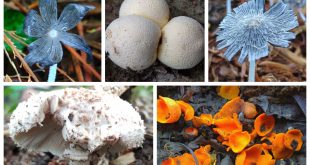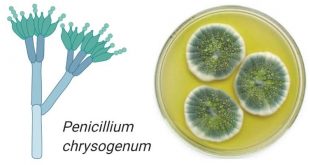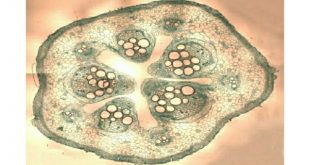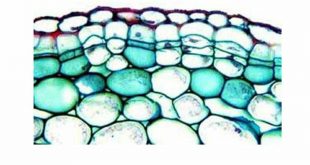In the experiment, we measure the two continuous characters which are associated with each other. For example, the height of the plant and the temperature of the atmosphere. Accordingly, to understand the relationship between two such variables, we need to know how they are related and how the relationship can …
Read More »TimeLine Layout
October, 2020
-
25 October
Analysis of Variance and F test
We can test the significance of the two sample means by using a t-test. However, in cases where there are more than two samples, it is done by Analysis of Variance (ANOVA). This method is carried out by comparing sample variances using Variance Ratio Test or F test. So at …
Read More » -
23 October
Toxic Substances & Environmental Health
Toxicity is the degree to which a substance can damage an organism. Toxicity can affect a whole organism, such as an animal, bacterium, or plant, as well as a cell (cytotoxicity) or an organ such as the liver (hepatotoxicity). Toxicity effects are dose-dependent; so, even water can lead to water …
Read More » -
22 October
Bacteria: Flagella
Flagella Most prokaryotes are motile by swimming, and this function is typically due to a structure called the flagellum. The plural form of this word is flagella which means whip. Bacterial flagellum is a threadlike locomotor appendages extending outgrowth from the plasma membrane and cell wall. Bacterial flagella are thin, …
Read More » -
22 October
Bacteria: Introduction and Size
Get Free Netflix Now Best safe and secure cloud storage with password protection GPL Themes For Free Get Envato Elements, Prime Video, Hotstar and Netflix For Free Best Money Earning Website 100$ Day Best ever Chat Forum #1 Top ranking article submission website In 1675, on June 9, 10, 11 …
Read More » -
22 October
Fungi: A Kingdom of Achlorophyllous Eukaryotes
Fungi {sing. fungus (L.) = sphongos (Gr.) – sponge} are a kingdom of usually multicellular, eucaryotic, spore-producing, achlorophyllous organisms with absorptive nutrition that generally reproduce both sexually and asexually and whose usually filamentous, branched somatic structures, known as hyphae, typically are surrounded by cell walls. Currently, over 1.5 million species …
Read More » -
22 October
Importance of Fungi: Medicine, Agriculture & Industry
We usually think of fungi as organisms that cause diseases and rot food. But fungi are important to human life in many ways. The manifestations of this group of organisms have been known for thousands of years. Since the first toast was proposed over a shell full of wine and …
Read More » -
22 October
Fungi: 10 Most Harmful effects of Fungi
Fungi are important to human life in many ways. In medicine they yield antibiotics, in agriculture maintain soil fertility, in regular life consumed as food, and most importantly form the basis of many industrial processes. Though fungi are essential to many household and industrial processes, they are detrimental or harmful …
Read More » -
21 October
Anomalous Secondary Growth
Anomalous secondary growth” is the term under which have been grouped cambial conformations, cambial products, and cambial numbers which differ from the most common “normal” condition, namely, a single cylindrical cambium that produces phloem externally and xylem internally. In this article, Anomalous secondary growth, it’s causes and position will be …
Read More » -
20 October
Periderm: Structure and Development
Periderm is the corky outer layer of a plant stem formed in secondary thickening or as a response to injury or infection. It is a cylindrical tissue that covers the surfaces of stems and roots of perennial plants during early secondary growth; therefore it is not found in monocots and …
Read More »
 Plantlet The Blogging Platform of Department of Botany, University of Dhaka
Plantlet The Blogging Platform of Department of Botany, University of Dhaka








